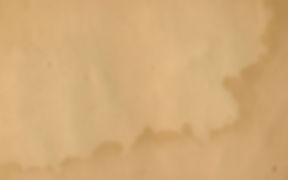
A Story To Tell: Seeing Through the Minds of Two Admirals
- Eda Ozyesilpinar -
Abstract
This study focuses on two mapmakers—Piri Reis, a lesser known Turkish mapmaker and explorer, and Christopher Columbus—who depicted their own versions of the Americas in their time—in an attempt to understand their imaginative minds and how they depicted the newly discovered Americas, through a visual rhetorical analysis of how physical space is reflected in the Piri Reis Map of 1513. The visual representations in the map are examined in relation to the cultural context and written records of human experiences to explore how Reis and Columbus managed to cross metaphorical borders and how this map stands as a historical contact zone. By conducting a visual-material rhetorical analysis with a focus on the connection between space and place, the Reis map is understood as a historical, cultural, and authentic visual artifact which functions as a heterotopia and works as a contact zone for the audience of the 21st century.
Keywords: Piri Reis, Christopher Columbus, Map of 1513, age of discoveries, world maps, visual rhetorical analysis, borders, contact zones
